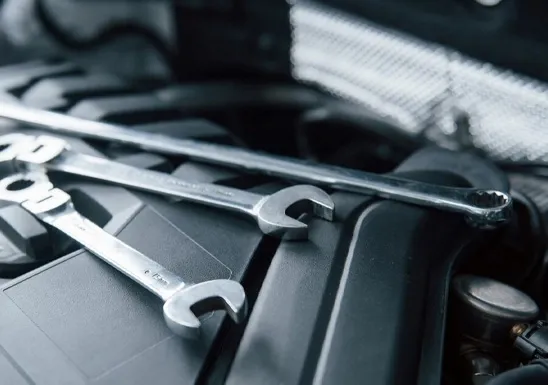okt. . 30, 2024 13:38 Back to list
hydraulic oil seal material
The Importance of Hydraulic Oil Seal Materials
Hydraulic systems are vital in various industrial applications, from construction machinery to automotive components. The efficiency and longevity of these systems greatly depend on the materials used for hydraulic oil seals. These seals play a crucial role in preventing fluid leakage, ensuring optimal performance, and protecting components from contamination. Therefore, understanding the different materials suitable for hydraulic oil seals is paramount for engineers and manufacturers.
Hydraulic oil seals are designed to maintain the integrity of hydraulic systems by creating a barrier against the escape of hydraulic fluids and the ingress of contaminants. The choice of seal material is influenced by several factors, including the operating temperature, the type of hydraulic fluid, pressure conditions, and the specific application environment.
One of the most commonly used materials for hydraulic oil seals is nitrile rubber (NBR). This synthetic rubber is renowned for its excellent resistance to petroleum-based oils and fuels, making it an ideal choice for hydraulic systems that operate under moderate temperature conditions. NBR seals offer good mechanical properties and are highly durable, although they may degrade when exposed to ozone or extreme temperatures.
For high-temperature applications, fluorocarbon rubber (FKM or Viton) is often preferred. FKM seals exhibit superior thermal stability and chemical resistance, making them suitable for use in harsh environments where conventional materials might fail. These seals can withstand extreme temperatures while maintaining flexibility and effectiveness, which is essential for ensuring consistent hydraulic performance. The drawback is that fluorocarbon materials tend to be more expensive than NBR.
hydraulic oil seal material

Another innovative option is thermoplastic elastomers (TPEs). These materials combine the elasticity of rubber with the durability and processing advantages of plastics. TPE seals can be tailored for specific applications and can provide excellent resistance to both oil and certain chemicals. They are increasingly popular in modern hydraulic applications due to their versatility and environmental benefits, as many TPEs are recyclable.
Polyurethane is another material that is gaining traction for hydraulic seals. Known for its exceptional wear resistance and high tensile strength, polyurethane seals can perform well in abrasive conditions. They provide good resistance to oils and can function effectively across a wide range of temperatures. However, they can be susceptible to hydrolysis, especially when exposed to water or moisture for extended periods.
In addition to these common materials, manufacturers are also exploring advanced composites and hybrid materials that combine the beneficial properties of different substances. Such innovations can lead to seals that are not only more resistant to wear and tear but also have improved sealing capabilities and longer service life.
Ultimately, the selection of the appropriate hydraulic oil seal material is crucial for the reliability and efficiency of hydraulic systems
. Engineers must consider the unique demands of each application to choose the optimal material that meets both performance requirements and budget constraints. As technology continues to evolve, the development of new materials will likely play a significant role in enhancing the performance and sustainability of hydraulic systems across various industries.In conclusion, hydraulic oil seal materials are fundamental to the functionality and durability of hydraulic systems. By understanding the characteristics and advantages of different materials, manufacturers and engineers can make informed decisions that lead to improved performance and reduced maintenance costs in hydraulic applications.
-
TCN Oil Seal Metal Ring Reinforcement for Heavy Machinery
NewsJul.25,2025
-
Rotary Lip Seal Spring-Loaded Design for High-Speed Applications
NewsJul.25,2025
-
Hydraulic Cylinder Seals Polyurethane Material for High-Impact Jobs
NewsJul.25,2025
-
High Pressure Oil Seal Polyurethane Coating Wear Resistance
NewsJul.25,2025
-
Dust Proof Seal Double Lip Design for Construction Equipment
NewsJul.25,2025
-
Hub Seal Polyurethane Wear Resistance in Agricultural Vehicles
NewsJul.25,2025
-
The Trans-formative Journey of Wheel Hub Oil Seals
NewsJun.06,2025
Products categories
















